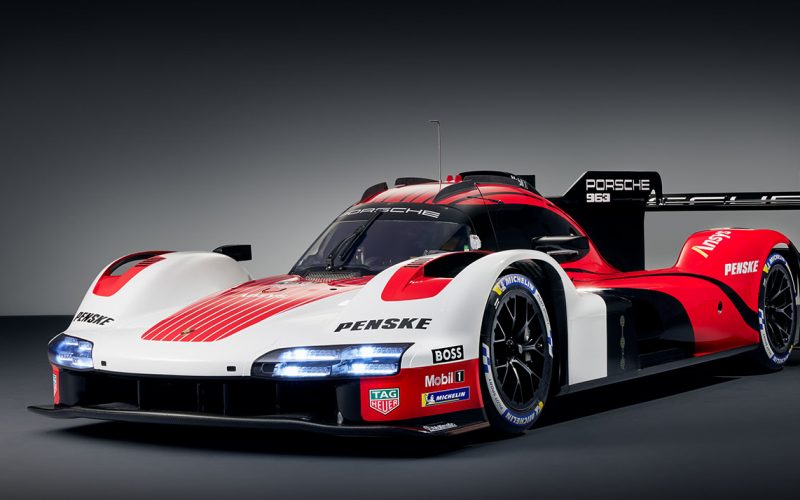
The Goodwood Festival of Speed, based in Chichester, West Sussex, has become the U.K.’s must-go annual event for everything automotive. This year’s weekend extravaganza, held from June 23-26, provided the
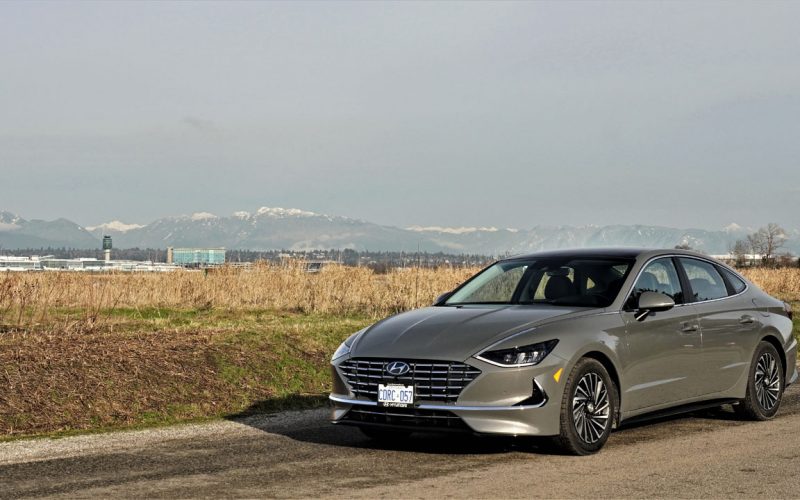
The mid-size sedan might be a dying breed, especially in Canada where they’ve never been as popular as compact four-doors and hatchbacks, but Hyundai hasn’t given up on it like
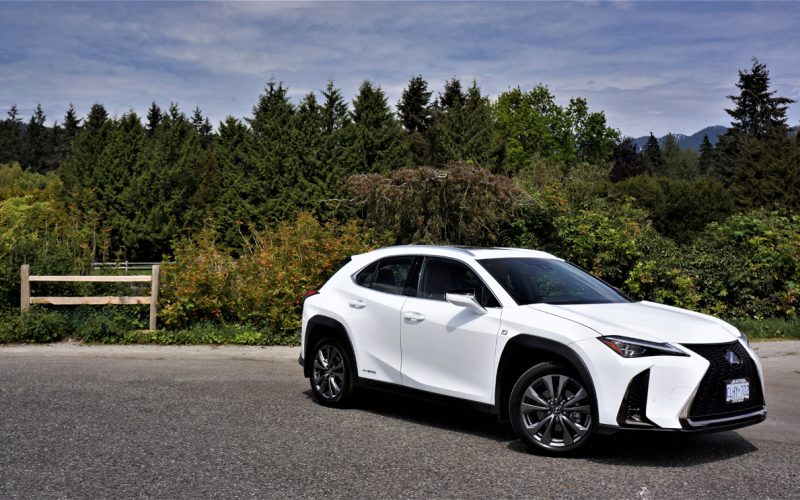
In the automotive industry, especially the premium sector, there’s no set formula a brand can simply follow in order to find success. Lexus and Infiniti both arrived on the North

If I loved Toyota’s Highlander Hybrid any more, it would be a Hyundai Palisade hybrid. I jest, of course, because I really like the Highlander. In fact, if I had
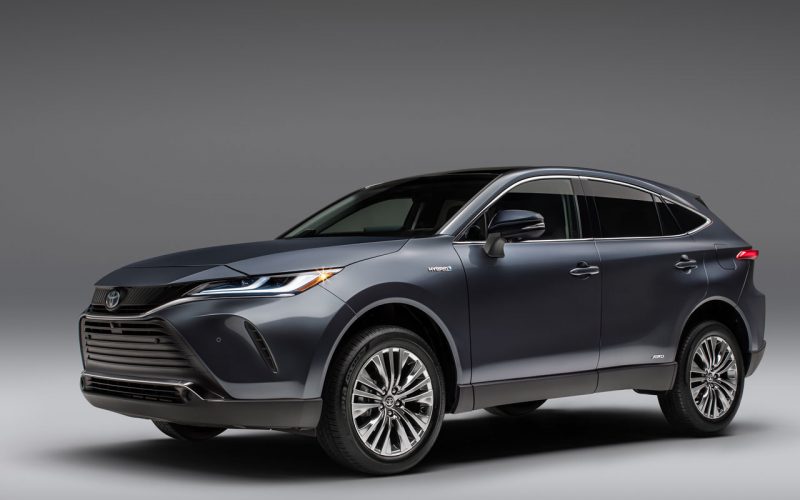
Remember the Venza? Toyota was fairly early to the mid-size crossover utility party with its 2009–2015 Venza, a tall five-door wagon-like family hauler that was a lot more like a
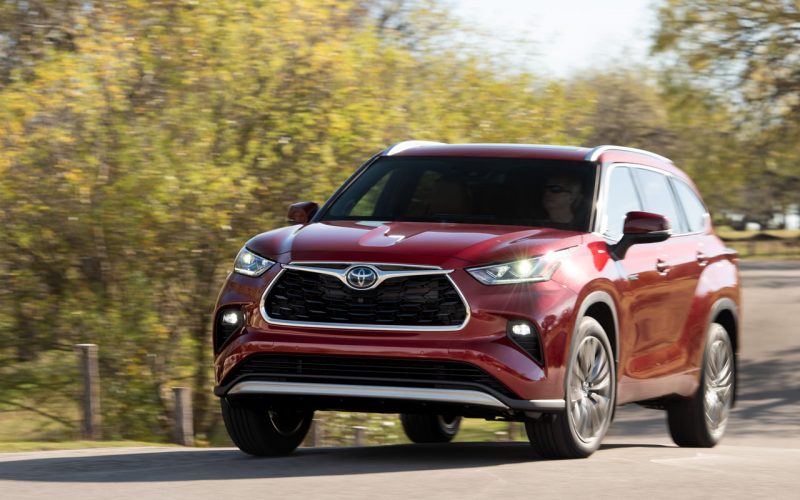
No other automaker has sold more hybrid electric vehicles than Toyota, the brand having initiated the electrification revolution way back in 1997, and now it’s surpassed 15 million units globally.
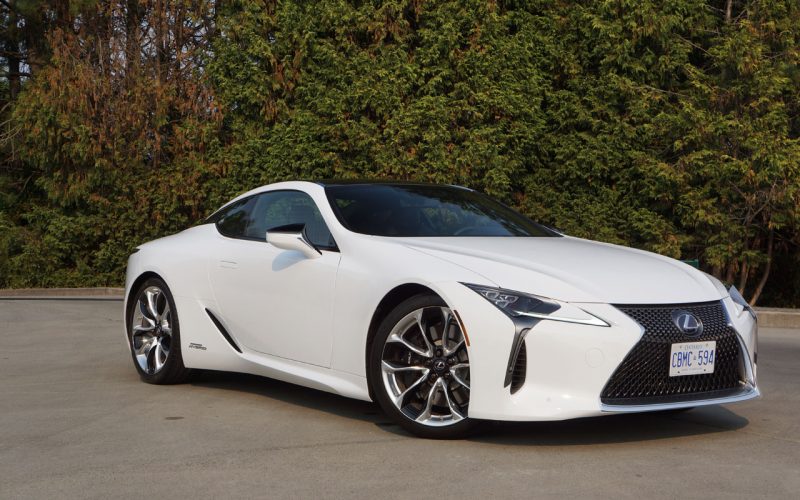
Every luxury brand has models that sell in volume and therefore provide necessary income and hopefully profits, while most also have one or more image vehicle that increases visibility of
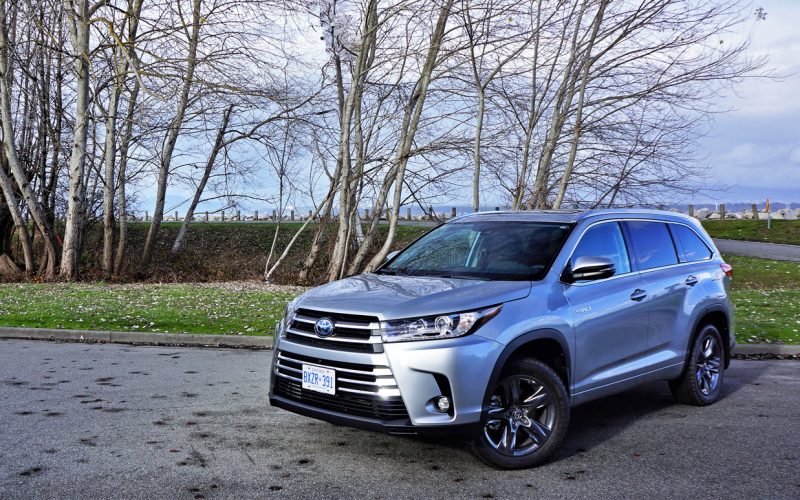
Have you seen the 2020 Toyota Highlander? It’s not available to purchase yet, having only debuted at the New York International Auto Show in April, but a quick glance shows